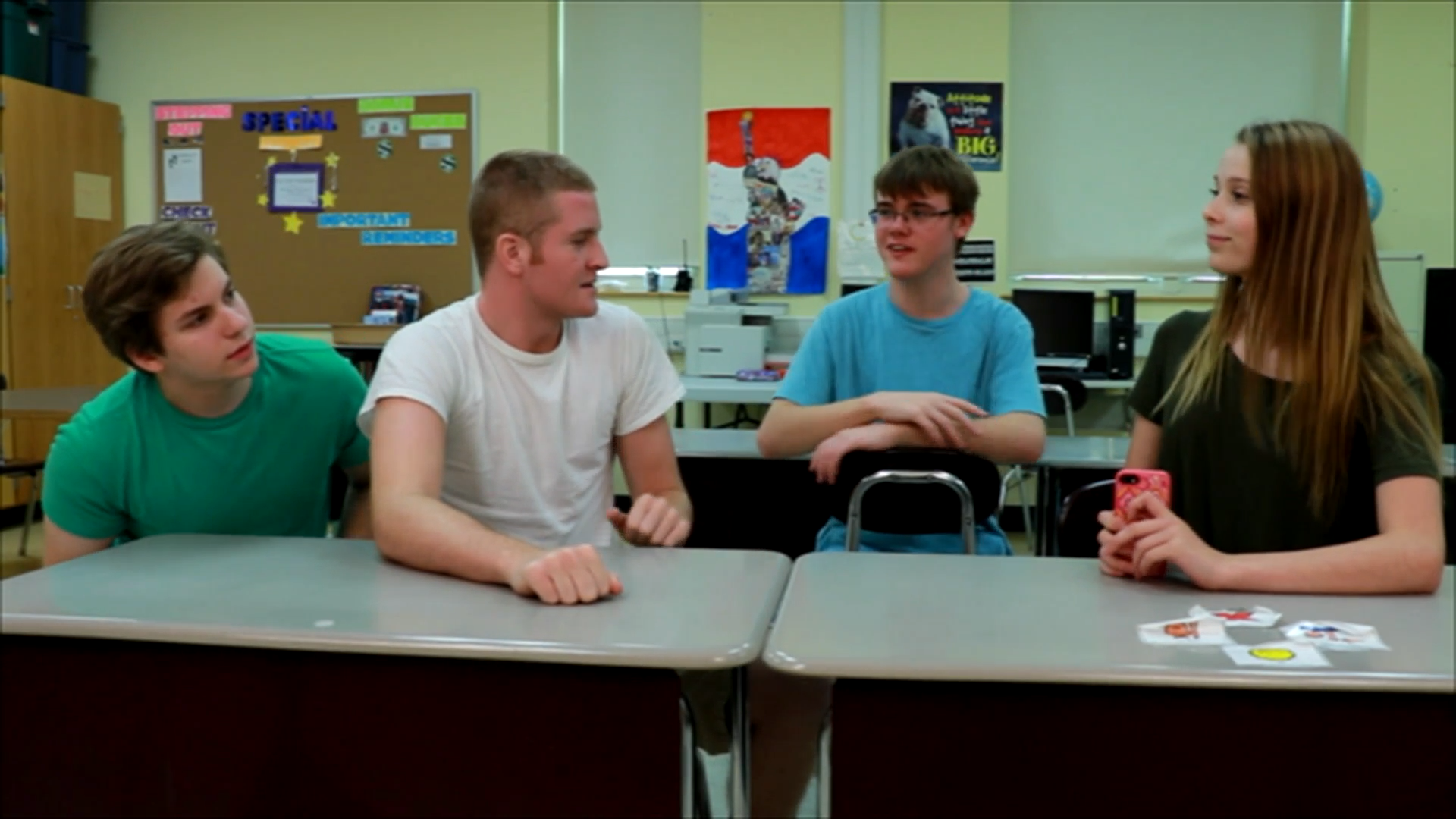
Introduction
Being left out is a common experience for everyone at some point in their lives. It can lead to feelings of sadness, disappointment, and lowered self-esteem. As educators, we can help our students navigate these situations by teaching them strategies to maintain positive self-esteem and cope with being left out. In this blog post, we’ll explore a no-prep activity, discussion questions, and related skills that support students in fostering resilience and self-confidence in the face of exclusion.
No-Prep Activity
This activity, called “Positive Self-Talk Circle,” encourages students to practice positive self-talk and support each other in times of feeling left out. Here’s how it works:
- Have the students sit in a circle.
- Explain to the students that they will take turns sharing something positive about themselves or a personal accomplishment.
- Begin by modeling positive self-talk for the students, sharing something you’re proud of or a personal strength.
- Go around the circle, allowing each student to share their positive statement.
- After everyone has shared, remind the students to use positive self-talk when they’re feeling left out or down to help boost their self-esteem.
Discussion Questions
After completing the activity, use these questions to facilitate a discussion about the importance of positive self-talk and coping strategies for being left out:
- Why is positive self-talk important, especially when we feel left out?
- What are some other ways we can cope with being left out?
- How can we support our friends or classmates when they feel left out?
- Have you ever felt left out? How did you handle the situation?
- How can we create a more inclusive environment in our classroom or school?
Related Skills
Helping students handle being left out is just one aspect of social-emotional learning. Here are some other relevant skills that can support students in building resilience and maintaining positive self-esteem:
- Active listening: Developing the ability to listen attentively to others can help students create more inclusive environments and better understand the feelings of their peers.
- Empathy: Learning to put themselves in others’ shoes can help students be more understanding and supportive when someone feels left out.
- Conflict resolution: Teaching students how to resolve conflicts in a healthy and constructive manner can reduce instances of exclusion and promote a more inclusive atmosphere.
- Assertiveness: Empowering students to express their feelings and needs in a respectful way can help them advocate for themselves when they feel left out.
Next Steps
Helping students navigate feelings of being left out is an important aspect of fostering a supportive and inclusive learning environment. By implementing activities like the “Positive Self-Talk Circle” and encouraging open discussions, you can make a positive impact on your students’ social-emotional well-being. To explore more strategies and resources, sign up for free sample materials and further your journey in promoting social-emotional learning in your classroom.





